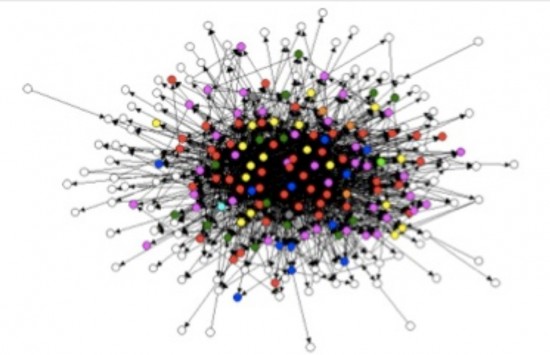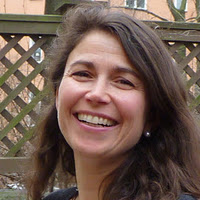New research released today dispels the myth that OpenSim is the sole product of work by people who expected no personal financial gain — academics, employees of large corporations, and volunteers working out of the goodness of their hearts.
In fact, entrepreneurs played a very important part in the early development of OpenSim, and continue to be key to the future development of the project.
The paper — written by Robin Teigland and Zeynep Yetis of the Stockholm School of Economics and Paul M. Di Gangi of Loyola University Maryland — analyses the contributions of OpenSim developers from 2007 to 2009.
“Notable from our research was the dominant presence of entrepreneurs in this community and the relatively weak presence of hobbyists, which is counter to traditional open source software communities,” the paper said. “Entrepreneurs are the driving engine of this community and contribute the most in terms of resources – developing code, helping and sharing with others, energizing, coordinating, etc.”
Researchers analysed contributions from entrepreneurs, hobbyists, large firm employees, academics, and other groups. Each group contributed in different yet vital ways.
“For example, the large company members provided legitimacy that the SME [small and medium enterprise] employees or entrepreneurs could not,” wrote the researchers.
Hobbyists were the glue that kept the community together, and the public sector provided funding and helped increase the perception of legitimacy of the project.

The researchers also analysed the relative frequency of words used by the different groups members in their communications on forums and discussion lists, and concluded that entrepreneurs tend to focus on the development of actual use of the OpenSim platform — with words like “region,” “physics,” and “currency” occurring more frequently than average.
“We found that academics focus on the development of the underlying platform and technology infrastructure as the words they use are inventory, servers, regions, modules, etc.,” they wrote. “The hobbyists are concerned with testing and debugging the software, e.g., debug, functions, fatal, patches, etc. For the employees, large firm employees seem to be interested in data processing and visualization while the SME employees are focused on programming since their words are very programming oriented. The non-profits have issues related to installation and the use of OpenSim while both the public sector categories discuss legal and financial issues.”
The researchers also looked at whether particular groups of community members tend to cluster together.
And in the years studied, that was not the case. Occasionally, two or three people would discuss a particular issue among themselves to deal with a particular problem. Other than that, “the community is characterized by a high degree of interaction between all members regardless of affiliation,” the paper said.
Next, the researchers will tackle the period from 2009 to the present.
“We will present our next round of research at the Sunbelt Conference in California in March,” said Teigland, a professor at the Center for Strategy and Competitiveness at the Stockholm School of Economics. She also heads up the Nordic Virtual Worlds Network.
Entrepreneurs and the future of OpenSim
The future of the OpenSim project depends on the extent to which the community has a whole recognizes the contributions of its entrepreneurial members.

In one future, the community may recognize the motivations of this group and work on making OpenSim more business-friendly, Teigland told Hypergrid Business. “This may lead to further strengthening of the network and perhaps even a push towards more efficient governance structures to ensure a tangible value by-product is present — making also more attractive to other potential entrepreneurs.”
In another future, the project splinters due to entrepreneurs competing against each other.
“The community can fracture — known as forking — based on the highly competitive nature of entrepreneurs and interest in preserving the competitive value created through their individual contributions,” she said.
The answer likely lies in the current state of the network, she said.
“We need to see the current interactions and gain insight into the meaningfulness of the interactions among those connected to one another,” she said.
In fact, there are already a couple of forks of OpenSim — and the two most signicant ones are, in fact, driven by business motivations.
One branch, realXtend, is dominated by startup companies looking to create a platform to build custom games and environments for clients, and was the first to support mesh.
Another branch, the version of OpenSim used by InWorldz, separated off a few versions back in order for the grid to add its own features and improvements, which include a proprietary scripting engine called Phlox. This has allowed the grid to differentiate itself from other grids running OpenSim, and may have helped make it the largest commercial social grid that it is today.
- Kitely Mega Worlds on sale for $90 per month - July 19, 2024
- OpenSim regions up, actives down with summer heat - July 15, 2024
- People think AIs are conscious. What could this mean for bots in OpenSim? - July 12, 2024
